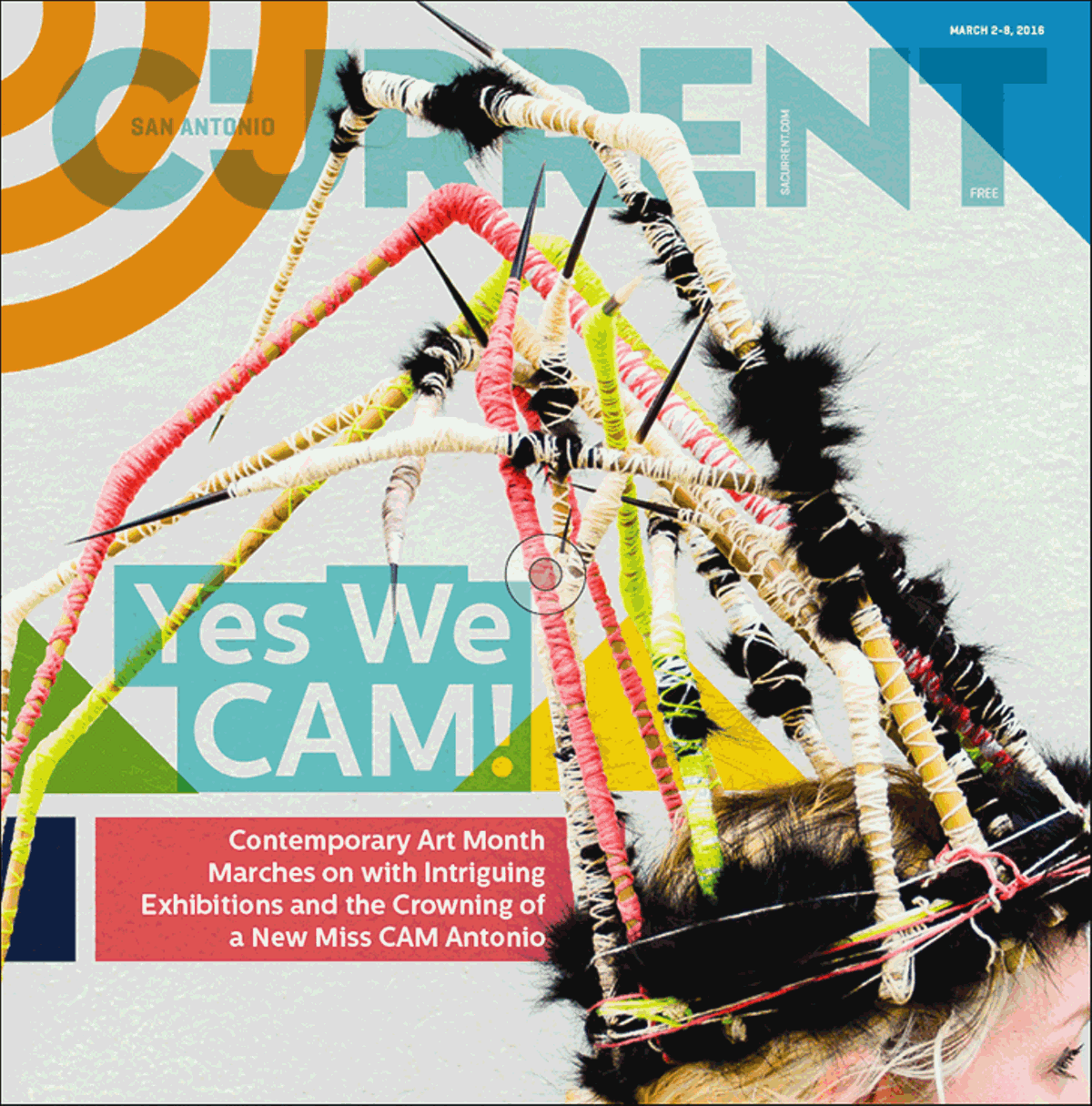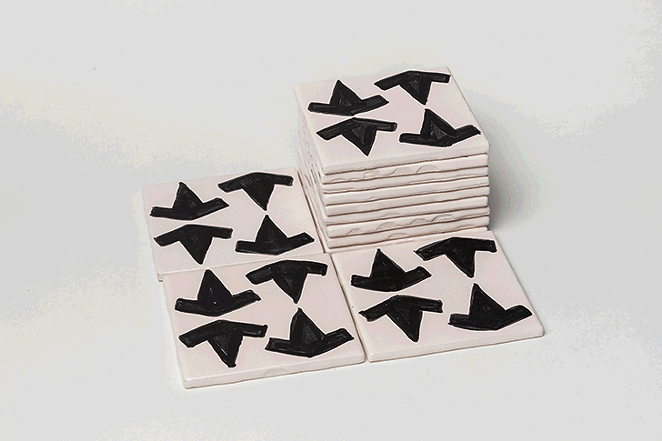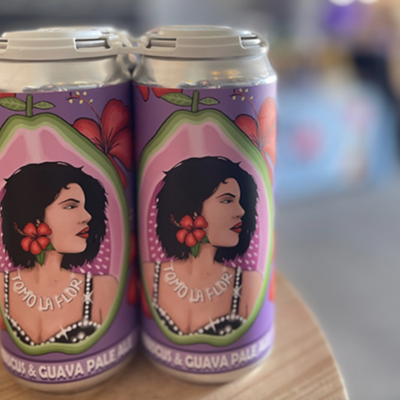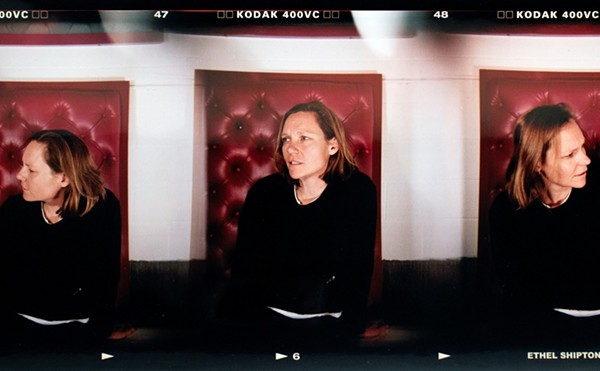If you pay attention to art in San Antonio at all, you know that this city is home to, and frequently hosts, a diverse plethora of truly exciting artists in all mediums. That being said, unless you make it a full-time occupation, it can be hard to keep up with all of the great artists, established and budding, that are at work on their own unique visions around town. Contemporary Art Month (CAM) — a full month of loosely coordinated art events that was born along with Blue Star back in 1986 — remains the best way to broaden your horizons and explore art from all over the city and beyond.
After celebrating its 30th anniversary last year, CAM has been the subject of some controversy in the lead-up to this year's March-long art bonanza. In short, the CAM Perennial exhibit, an important show that has been hosted at the Guadalupe Cultural Arts Center for the past four years, was cancelled after GCAC pulled out at the eleventh hour, citing "the lack of diversity in this year's group of artists, specifically the lack of representation of Latina artists in this year's edition of the perennial." To the point, the all-female exhibit that would have been didn't fit with the GCAC's mission to "cultivate, promote and preserve traditional and contemporary Chicano, Latino and Native American arts and culture through multidisciplinary programming." Some have bemoaned the fact that the guest curator of the exhibit, Denver's Laurie Britton Newell (who got the gig as a part of the CAM exchange program CAMx), was not made sufficiently aware of the cultural context in which the exhibit she planned would be exhibited.
For its part, CAM, which officially declined to add further comment for this article, said in a statement that it is "saddened" by the souring of a partnership that "was born out of a desire to share and exchange artistic ideas and create an event that would attract diverse audiences to the city's West Side." Continuing, the statement maintains that CAM approached the curation of this show the same way it always has: by giving the guest curator full reign to choose a show from the diverse talent pool in San Antonio with "no strings attached" and no "rules or quotas." GCAC director Jerry Ruiz told the San Antonio Current last week that "More than anything, this is about a partnership that did not quite align and had miscommunication and assumptions on either side that derailed it." He added that "You can't curate regardless of context, no matter where you are." Some might argue that the inclusion of particular artists and the exclusion of others based purely on ethnic background is unfair and damaging to the art community, while still others will retort that CAM should have made the cultural context of this exhibit, and the GCAC's mission, abundantly clear to Newell in the first place. Ultimately, however, the GCAC blamed CAM for the tone-deaf gaffe. Bottom line: There are two sides to every story, but in this story there is no clear winner and loser, just an important dialogue that quickly lost its fruitfulness and a city with one less exhibit to experience.
But, enough about the drama. This is about art and its value to us, as individuals and as a collective. Cortney Stell, the executive director and chief curator for the Denver-based Black Cube Nomadic Contemporary Art Museum, who selected the visiting artist Stephanie Kantor (more on her in the following section) for the CAMx exhibit at Sala Diaz, talked to the Current a bit about her involvement and the importance of art in general.
A perfect fit, Stell explained that "Black Cube's mission focuses on bringing art to new audiences" and that she was excited by her organization being selected for CAMx. Stell says that she selected Kantor to be the CAMx artist because she "was impressed by her sense of scale and gesture, her interest in transitional forms and patterns and her dedication to her practice." She added that she "also felt that her interest in patterns and forms that mark changing cultural identities was a timely topic given all of the current conversations in the U.S. about borders and boundaries."
By way of summation and re-focusing, Stell's words on the value of art in our contemporary world are crucial and can serve to refresh us, and create a spirit of openness and forgiveness, for the wonderful month of art ahead:
"Art is a vital part of our life because it offers time to reflect on the world we live in. It is a space for digestion and it allows us to think of the world anew. As the world evolves, and through our increasing connectedness, it offers an important space for the development of one's own response, or, as put in the contemporary art field — it develops a sense of criticality to the world we live in. And, because art does not require an action in the end, it keeps audiences open to exploration; a luxury that our practical or everyday lives may not regularly afford us. Art is a critical aspect of healthy and just societies."

















